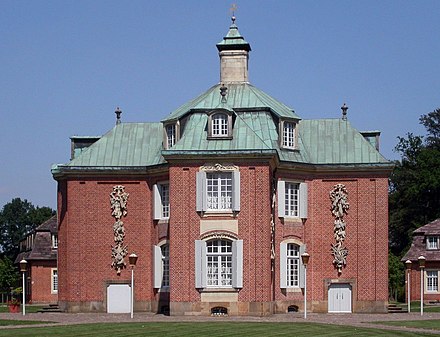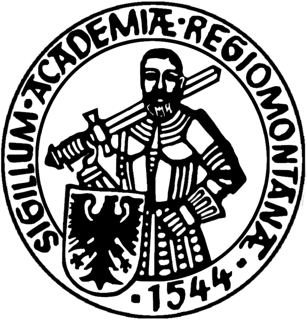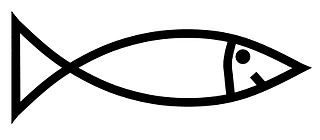| Sögel | ||
|---|---|---|
| ||
| Coordinates: 52°51′N07°31′E / 52.850°N 7.517°E Coordinates: 52°51′N07°31′E / 52.850°N 7.517°E | ||
| Country | Germany | |
| State | Lower Saxony | |
| District | Emsland | |
| Municipal assoc. | Sögel | |
| Government | ||
| • Mayor | Heiner Wellenbrock (CDU) | |
| Area | ||
| • Total | 55.2 km2 (21.3 sq mi) | |
| Elevation | 35 m (115 ft) | |
| Population (2015-12-31) [1] | ||
| • Total | 7,464 | |
| • Density | 140/km2 (350/sq mi) | |
| Time zone | CET/CEST (UTC+1/+2) | |
| Postal codes | 49751 | |
| Dialling codes | 0 59 52 | |
| Vehicle registration | EL | |
Sögel is a municipality in the Emsland district, in Lower Saxony, Germany. Sögel is most known for the Clemenswerth Palace, a hunting lodge built 1737-1749 by Johann Conrad Schlaun for Elector Clemens August.

Landkreis Emsland is a district in Lower Saxony, Germany named after the river Ems. It is bounded by the districts of Leer, Cloppenburg and Osnabrück, the state of North Rhine-Westphalia, the district of Bentheim in Lower Saxony, and the Netherlands.

Lower Saxony is a German state (Land) situated in northwestern Germany. It is the second-largest state by land area, with 47,624 km2 (18,388 sq mi), and fourth-largest in population among the 16 Länder federated as the Federal Republic of Germany. In rural areas, Northern Low Saxon and Saterland Frisian are still spoken, but the number of speakers is declining.

Germany, officially the Federal Republic of Germany, is a country in Central and Western Europe, lying between the Baltic and North Seas to the north, and the Alps to the south. It borders Denmark to the north, Poland and the Czech Republic to the east, Austria and Switzerland to the south, France to the southwest, and Luxembourg, Belgium and the Netherlands to the west.
Contents



















